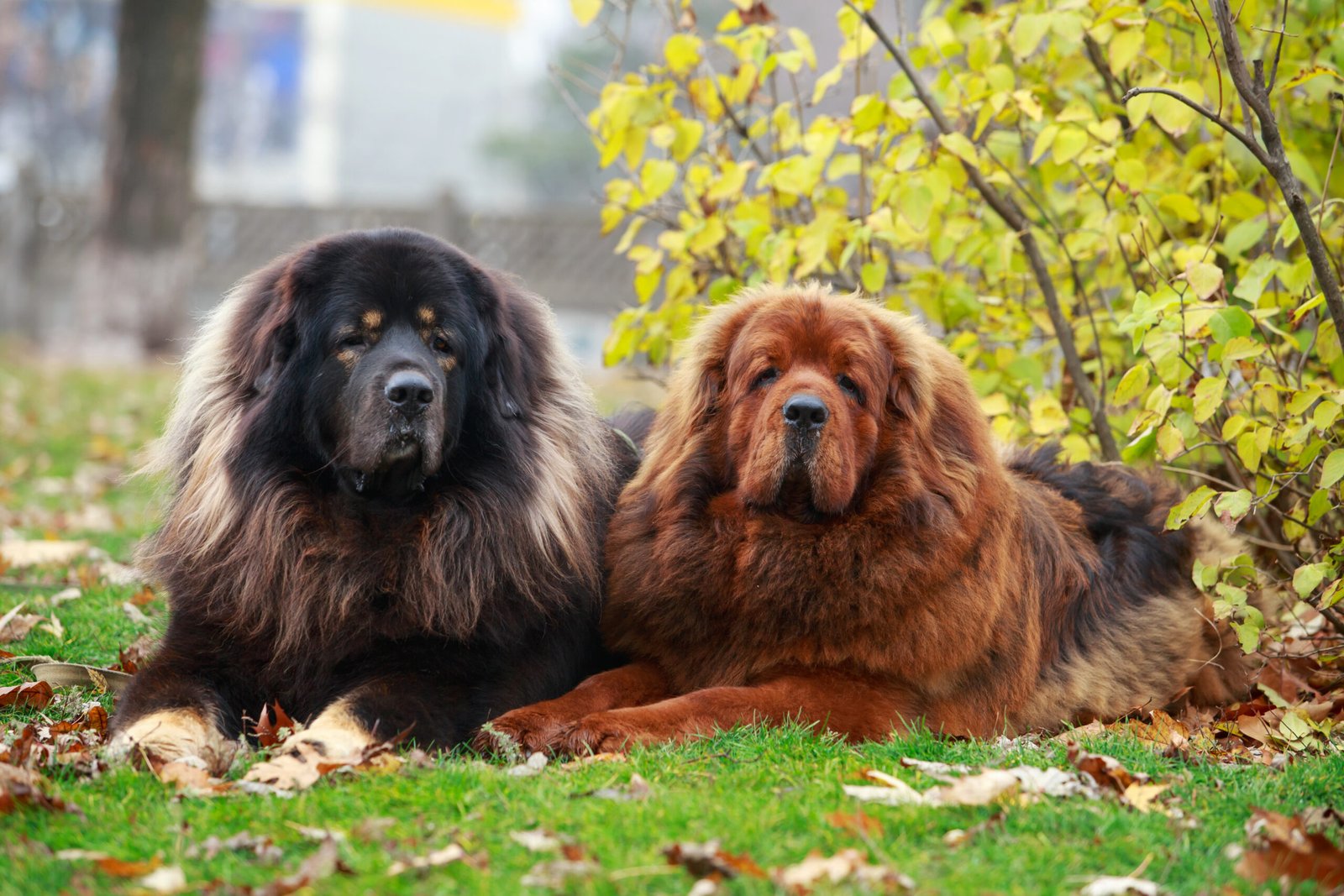The Tibetan Mastiff is a breed with a rich history, tracing its origins back thousands of years to the nomadic cultures of Central Asia, particularly Tibet. Traditionally used as guard dogs for livestock, Tibetan Mastiffs were bred to protect sheep from predators like wolves and snow leopards in the harsh Himalayan climate. Their resilience and guarding abilities have made them highly valued companions over centuries.
Physical Characteristics of a Giant
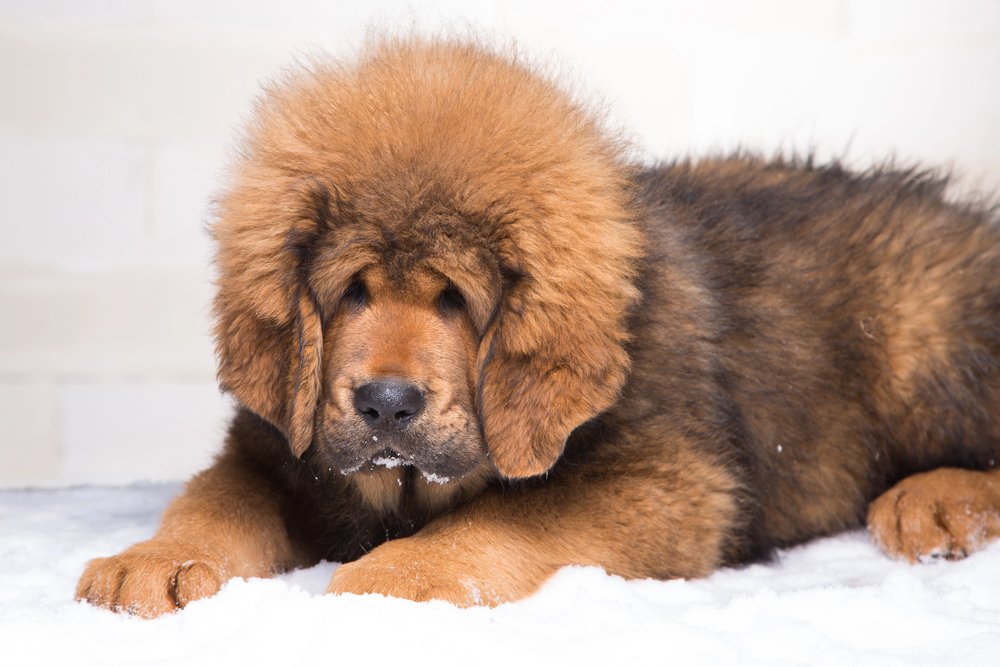
Tibetan Mastiffs are among the largest dog breeds in the world. Males can weigh anywhere between 90-160 pounds, while females typically weigh between 70-120 pounds. Their height can range from 24 to 30 inches at the shoulder, with robust and muscular builds that enable them to carry out their guardian duties with efficacy.
Distinctive Coat and Color Variations
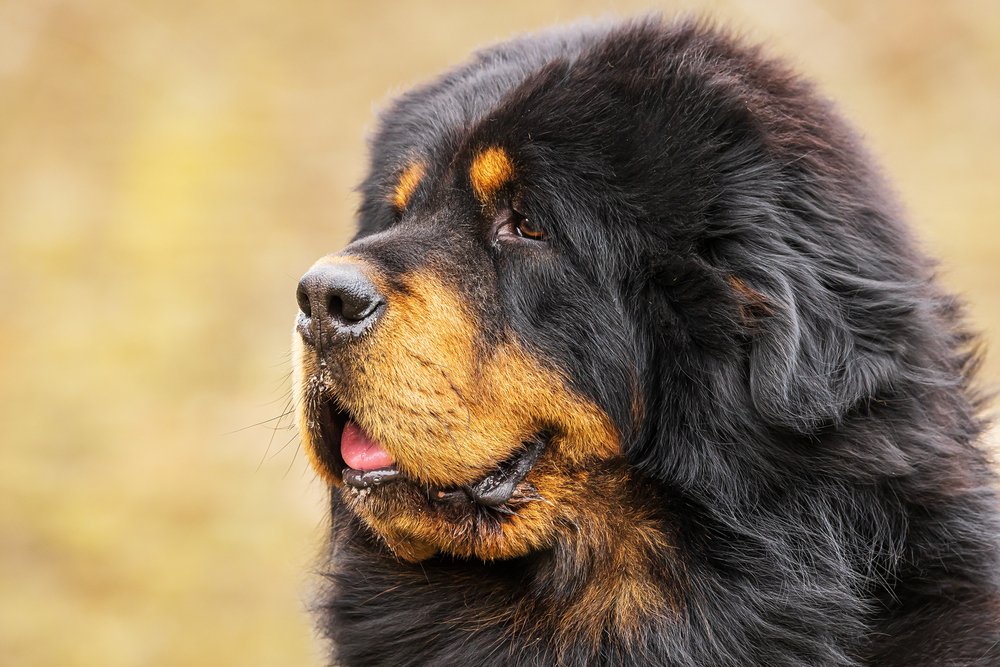
The breed is renowned for its dense, double-layered coat that helps it withstand icy temperatures. Their coats come in various colors, including black, brown, gold, and blue-gray, often combined with white markings. This thick coat adds to their majestic appearance, making them look larger and more formidable.
Temperament and Behavioral Traits

Tibetan Mastiffs are known for their independence and strong-willed nature. While they are often aloof with strangers, they are fiercely loyal and protective of their families. Early socialization and consistent training are crucial to manage their instinctive guardianship and ensure they behave appropriately in different situations.
Intelligence and Training Challenges
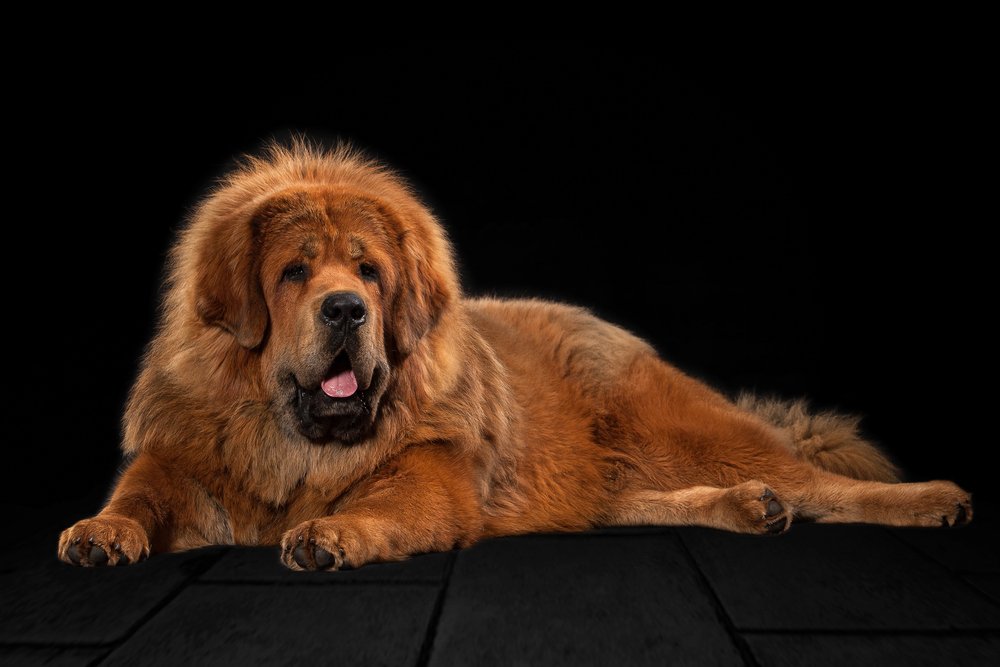
These dogs are highly intelligent, which can be both an asset and a challenge for owners. Their independent thinking might come across as stubbornness, but with the right approach—using positive reinforcement and patient guidance—they can be trained effectively. However, they are not recommended for novice dog owners due to their strong personalities.
Health Considerations and Lifespan
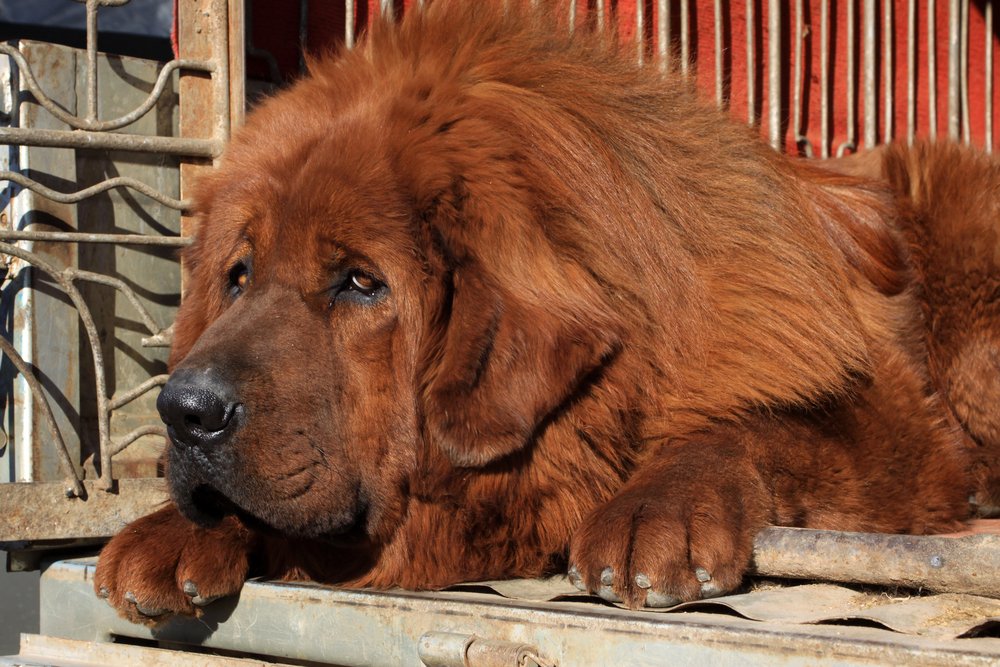
The Tibetan Mastiff is generally a healthy breed, with a lifespan of around 10-14 years. However, like many large breeds, they can be prone to certain health issues such as hip dysplasia, elbow dysplasia, and hypothyroidism. Regular veterinary check-ups and a balanced diet are essential to maintain their health and longevity.
Grooming Needs for a Fluffy Giant

Owing to their thick coats, Tibetan Mastiffs require regular grooming to keep their fur healthy and manageable. Brushing them several times a week helps to reduce shedding and prevent matting. During the shedding seasons in spring and fall, daily brushing might be necessary to handle the increased hair loss.
Living Conditions Suitable for a Tibetan Mastiff
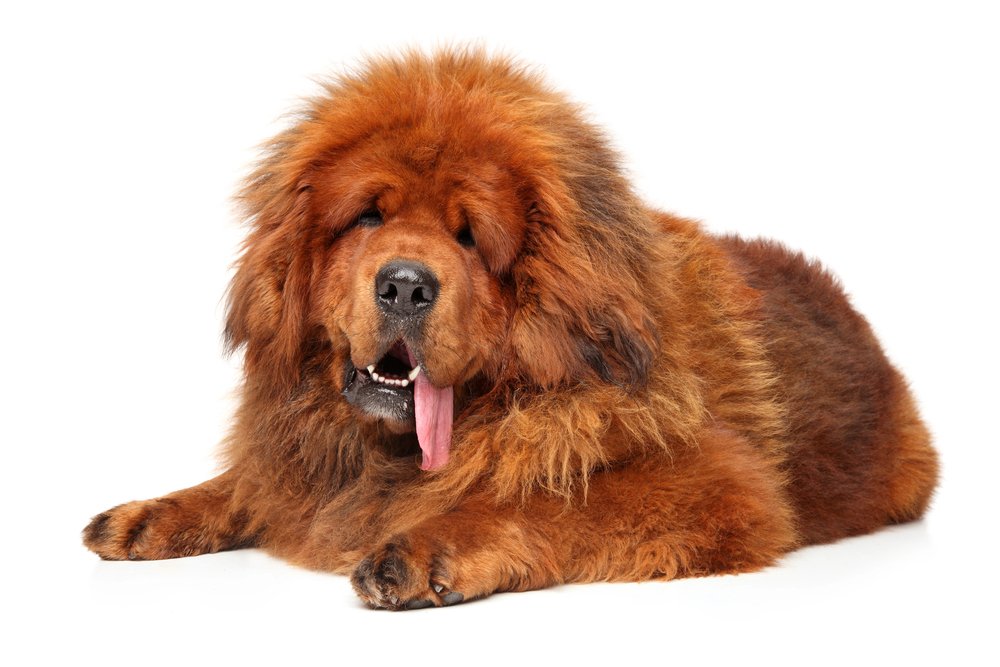
Tibetan Mastiffs are best suited for homes with large yards where they can roam freely and guard their territory. Apartment living is not ideal, given their size and exercise needs. They thrive in cooler climates due to their dense coats and should have access to shaded areas and fresh water during hotter months.
The Cultural and Economic Impact

In their native regions, Tibetan Mastiffs are considered symbols of wealth and status. In recent years, they have fetched astronomical prices in China, where they are often status symbols for the affluent. The craze peaked around 2014 when a Tibetan Mastiff was reportedly sold for two million dollars, highlighting their cultural significance.
The Tibetan Mastiff in Popular Culture

The breed has also left its mark on popular culture, captivating dog enthusiasts worldwide with its imposing stature and impressive mane-like fur. They are often depicted as noble guardians in literature and film, showcasing their regal presence and devoted nature, further solidifying their place as one of the world’s most fascinating dog breeds.

Andrew Alpin from India is the Brand Manager of Doggo digest. Andrew is an experienced content specialist and social media manager with a passion for writing. His forte includes health and wellness, Travel, Animals, and Nature. A nature nomad, Andrew is obsessed with mountains and loves high-altitude trekking. He has been on several Himalayan treks in India including the Everest Base Camp in Nepal.

